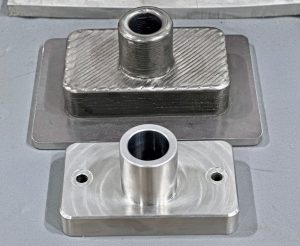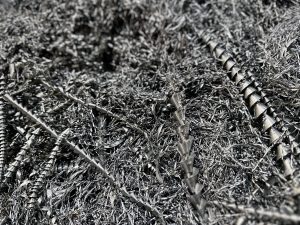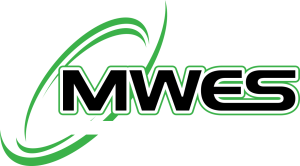ADDere’s additive manufacturing process contributes to sustainable development and a circular economy by reducing material waste, energy consumption, greenhouse gas emissions and transportation costs. It can also enable the creation of complex and customized products and parts that can extend the lifespan and functionality of existing goods, as well as the recovery and reuse of materials from end-of-life products. Additive manufacturing can be integrated with other strategies and tools to achieve a holistic and systemic approach to sustainability and circularity.
What is sustainable development and circular economy?
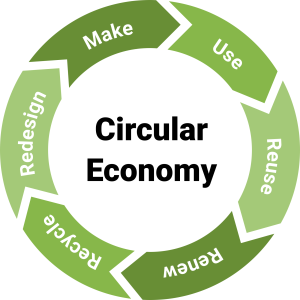
Sustainable development is a concept that aims to meet the needs of the present without compromising the ability of future generations to meet their own needs. It involves balancing the economic, social, and environmental aspects of human activities. A circular economy is a model that seeks to minimize the use of resources and the generation of waste by keeping materials and products in use for as long as possible. It involves designing products that are durable, repairable and recyclable, and creating closed-loop systems that recover and regenerate materials at the end of their life cycle.
How can ADDere support sustainable development and circular economy?
ADDere Additive Manufacturing systems and equipment support sustainable development and circular economy in various ways, such as:
- Reducing material waste: ADDere can produce parts with complex geometries and internal structures that are impossible or difficult to achieve with conventional methods. This can result in lighter and stronger parts that use less material and reduce the need for assembly and fasteners. Because ADDere utilizes traditional welding wire for its manufacturing process, that welding wire can be manufactured from recycled metal creating a circular metal economy.
- Enabling design optimization: Additive manufacturing can allow for greater design freedom and flexibility, enabling the creation of parts that are tailored to specific functions and applications. This can improve the performance, efficiency, and durability of the parts, as well as reduce the environmental impact of their operation and maintenance. For example, 3D printing can enable the production of optimized heat exchangers, turbines and combustion chambers for the aerospace industry, which can reduce fuel consumption and emissions.
- Shortening production time: Additive manufacturing can reduce the time and cost of product development and manufacturing, as it can eliminate the need for molds, tools and fixtures, and enable direct digital fabrication from CAD models. This can also reduce the inventory and transportation requirements, as parts can be produced on-demand and closer to the point of use, minimizing the carbon footprint of the supply chain.
What are the challenges and barriers of additive manufacturing for sustainable development and circular economy?
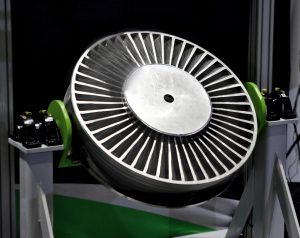
Despite the potential benefits of additive manufacturing, there are also some challenges and barriers that need to be addressed. Laser-wire additive manufacturing can potentially consume more energy than traditional casting or machining. The energy consumption of additive equipment depends on various factors, such as the size of the part, the material and process parameters, and the post-processing finishing. Therefore, optimizing the energy efficiency of the manufacturing processes and machines and using renewable energy sources whenever possible is important. However, any additional power consumption used by additive systems is offset by the proximity of the manufacturing to the destination eliminating long transportation costs.
Additionally, there is currently a lack of industry quality standards. The quality and reliability of parts manufactured with additive systems can also be negatively affected by the post-processing steps, such as heat treatment, machining and surface finishing if not performed correctly. This is why it is important to have firmly defined quality control standards in place to ensure the part is produced to the defined specifications.
How can ADDere improve your manufacturing process?
ADDere’s Additive Manufacturing systems help support sustainable development and circular economy, as additive manufacturing can offer many advantages over traditional manufacturing methods. To overcome these challenges and barriers, it is necessary to adopt a holistic and systemic approach that considers the entire life cycle of additive manufacturing automation products, from design to disposal, and involves the collaboration and coordination of various stakeholders, such as manufacturers, engineers and customers. By doing so, ADDere can become a key enabler for a more sustainable and circular future.
Contact us today, and let ADDere guide your business to a more sustainable and profitable future!

